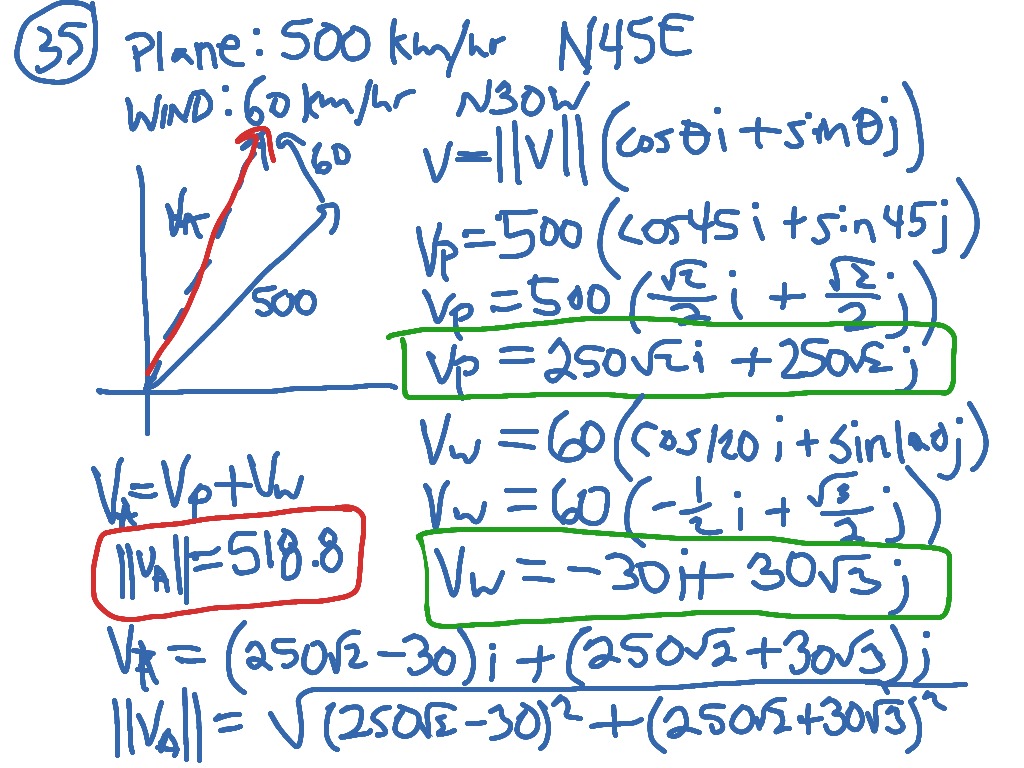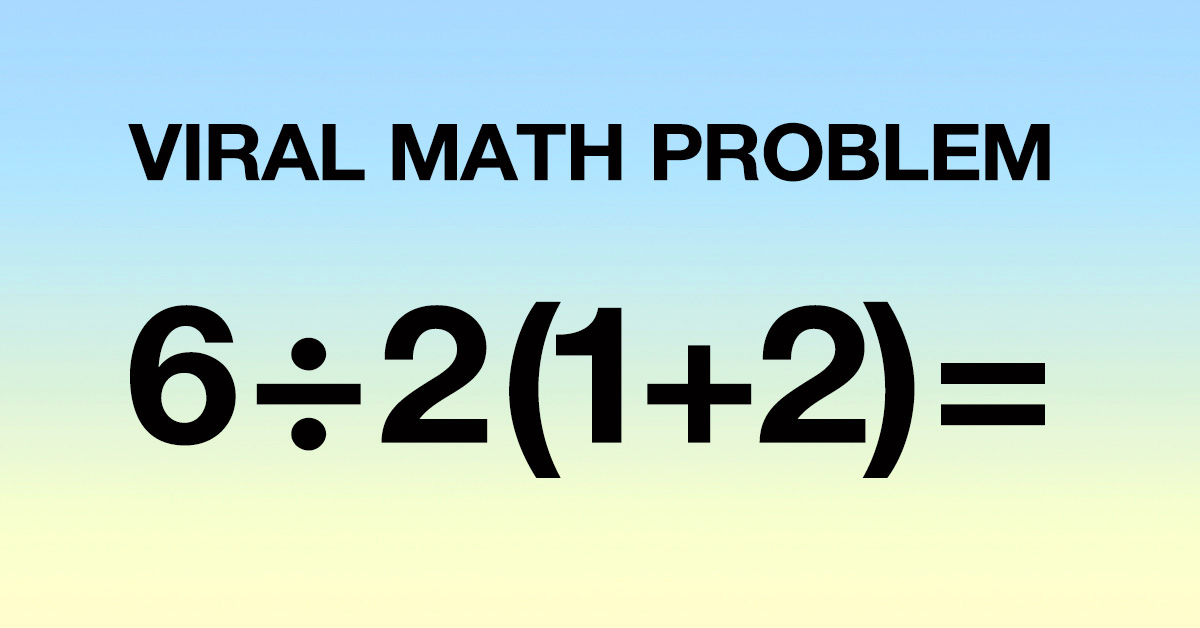

CALCULUS PROBLEM HOW TO
After the concept of an integral is introduced in detail, students are taught the Fundamental Theorem of Calculus, how to take the integral of a function, and how to graph integrals. Integrals are introduced by talking about the definition of an integral, integral notation, definite integrals, and Riemann sums. The last major topic of every Calculus I course is integrals. Specific derivatives, such as the derivatives of logarithms, exponents, sums, quotients, products, and trigonometric functions, are taught, as well as implicit differentiation. Students are also asked to make use of the Mean Value Theorem. As student knowledge of derivatives increases, Calculus I introduces the concepts of increasing and decreasing intervals, concavity and convexity, points of inflection, and slope fields.

Students are also asked to graph derivatives and second derivatives, along with linear approximations of derivatives. It is crucial that students fully understand what derivatives represent as they progress in Calculus I, as they are soon asked to apply this knowledge by calculating derivatives at a point and of a function, as well as second derivatives. Students are introduced to derivatives through discussions of the definition of a derivative, the limit definition of a derivative, and differential equations in order to bolster students’ conceptual understandings of derivatives. When delving into the concept of function limits, Calculus courses typically begin with the process of calculating and estimating simple limits and proceed to introduce concepts of asymptotes and continuity, calculating limits to infinity, and other complexities.ĭiscussing derivatives is a major part of every Calculus I course. Students may be asked to find the slope of a line or slope at a point when reviewing these concepts. The material taught in Calculus I courses can be broken down into three main categories: limits, derivatives, and integrals however, most Calculus I courses begin with a review of the basic features of functions graphed on the coordinate plane, including continuity, asymptotes, and absolute and local extrema.
CALCULUS PROBLEM PRO
If you are considering majoring in math, science, or any other quantitative field, taking Calculus before reaching college can be a real boon, as high school Calculus courses often take the material at a somewhat slower pace than collegiate courses, making sure that students fully understand each concept before moving on. Whether you need top Calculus tutors in New York, Calculus tutors in Chicago, or top Calculus tutors in Los Angeles, working with a pro may take your studies to the next level. Calculus courses are often necessary for students to be able to tackle not only these higher-level mathematics courses, but advanced material in the sciences. Calculus I courses provide students with an in-depth introduction to the core concepts of limits, derivatives, and integrals, building on the preliminary understanding of these concepts that students gained in Pre-Calculus courses while preparing them for the more advanced material of Calculus II, Calculus II, and Differential Equations.


 0 kommentar(er)
0 kommentar(er)
